Rachel Chang
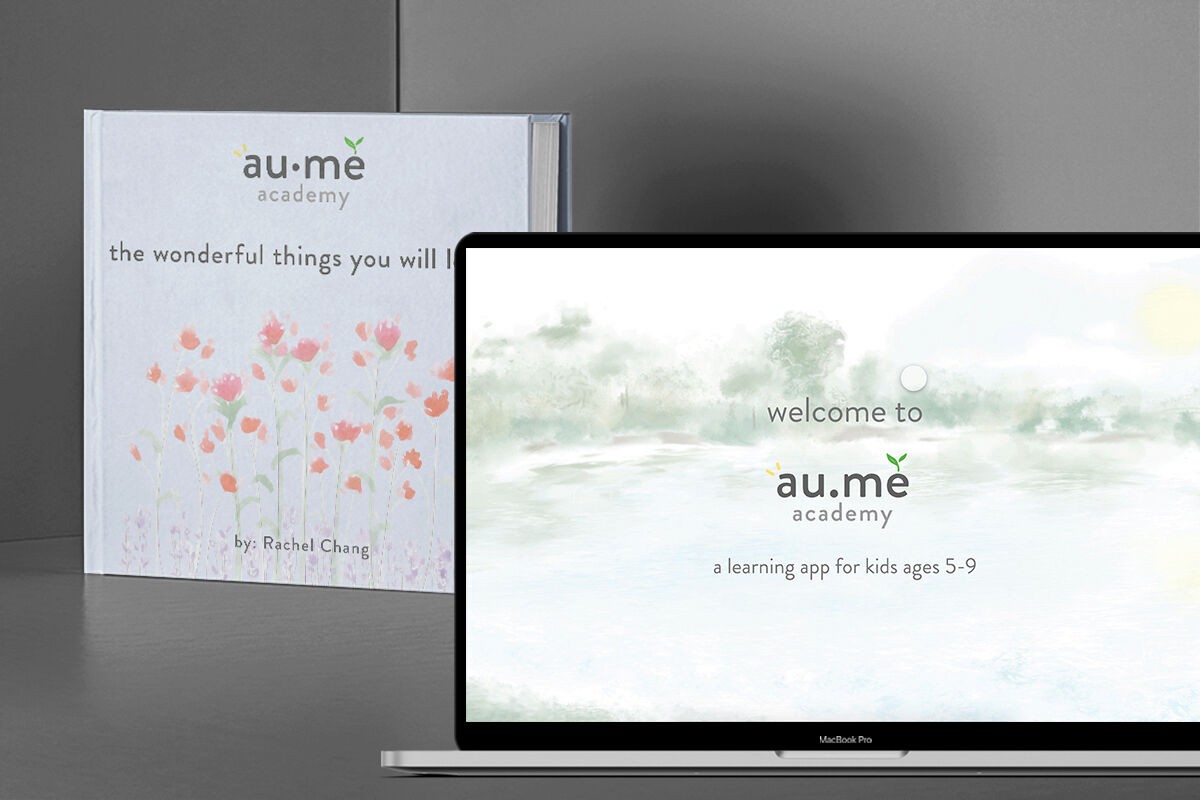
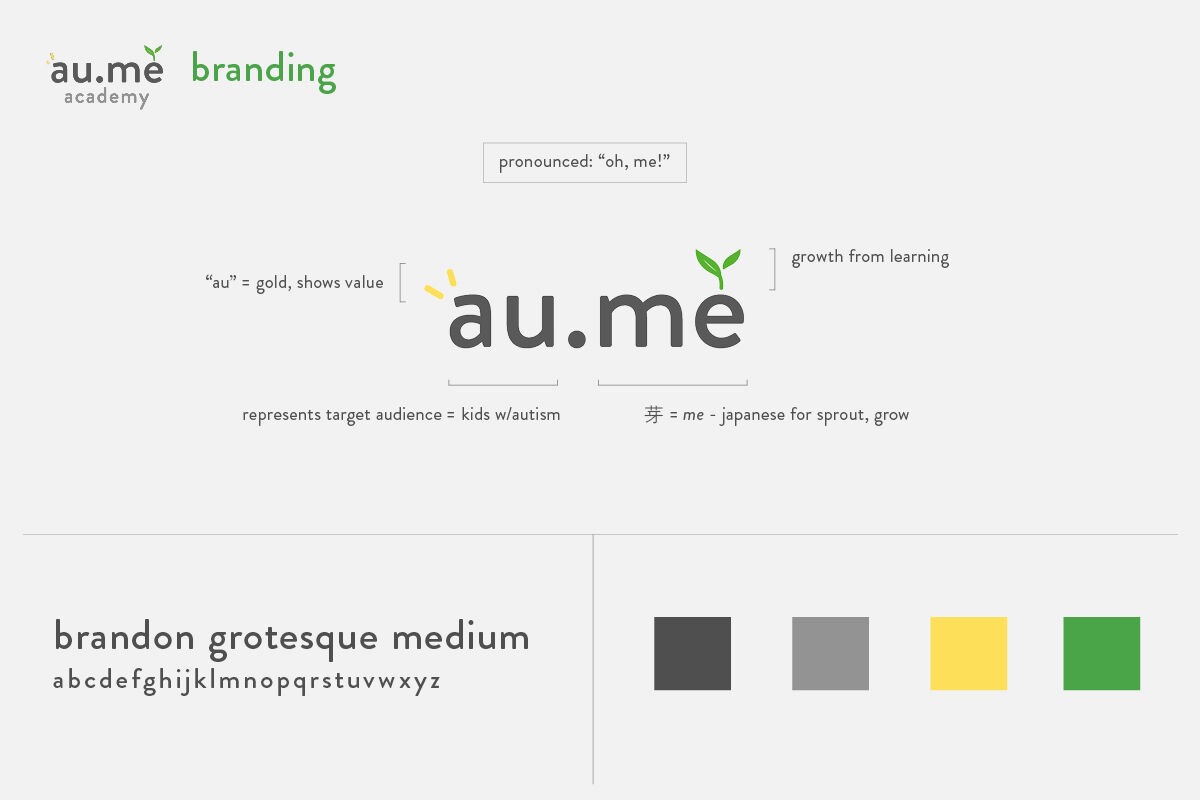
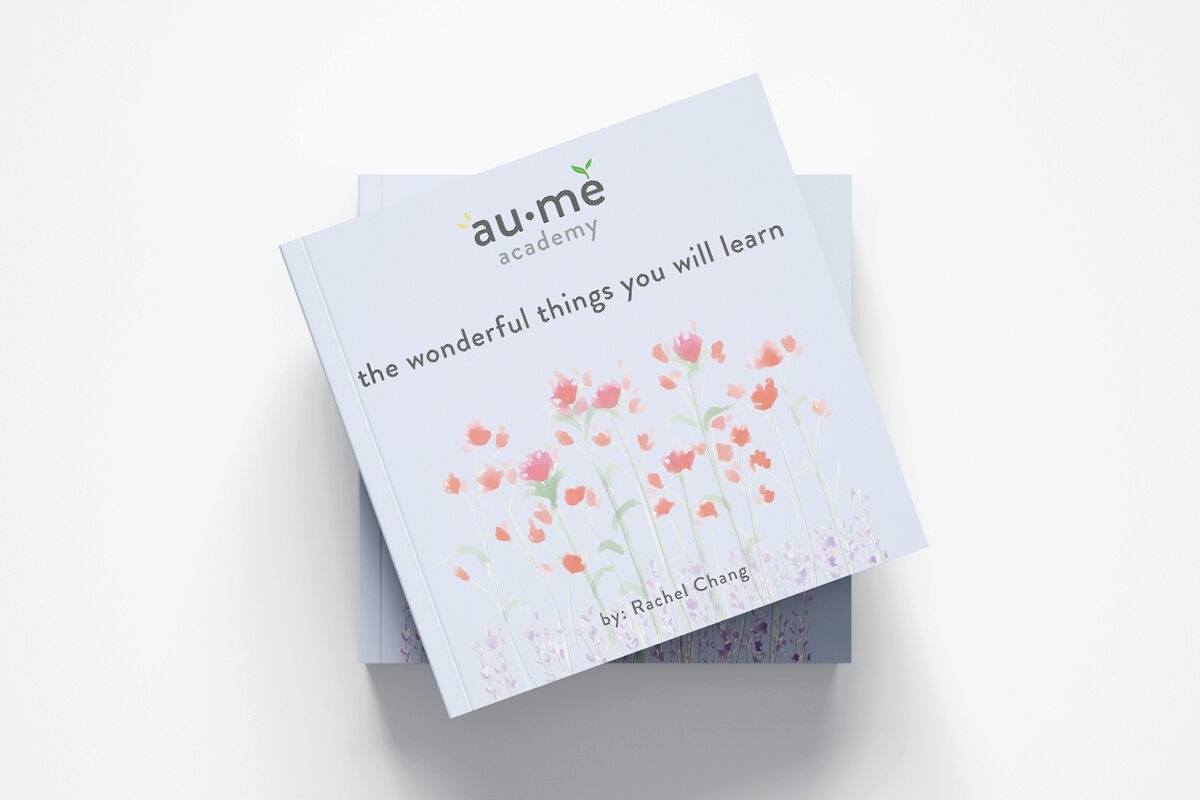
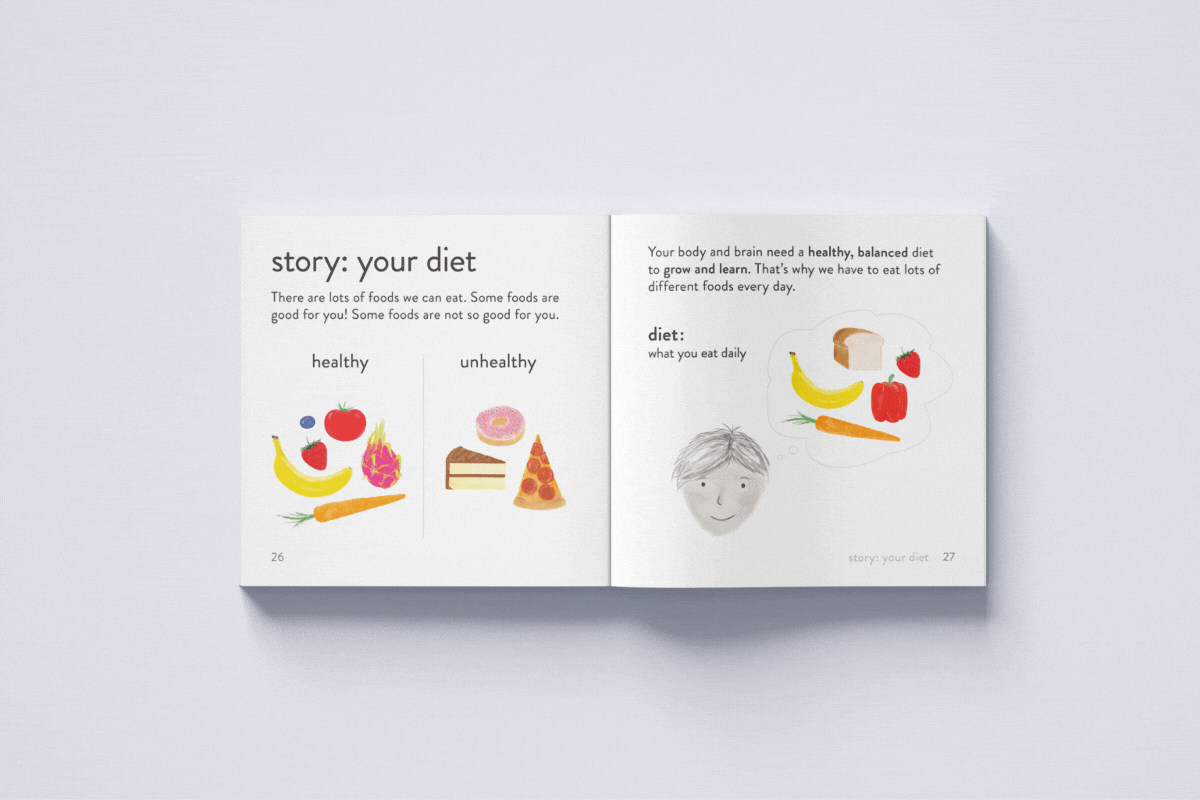
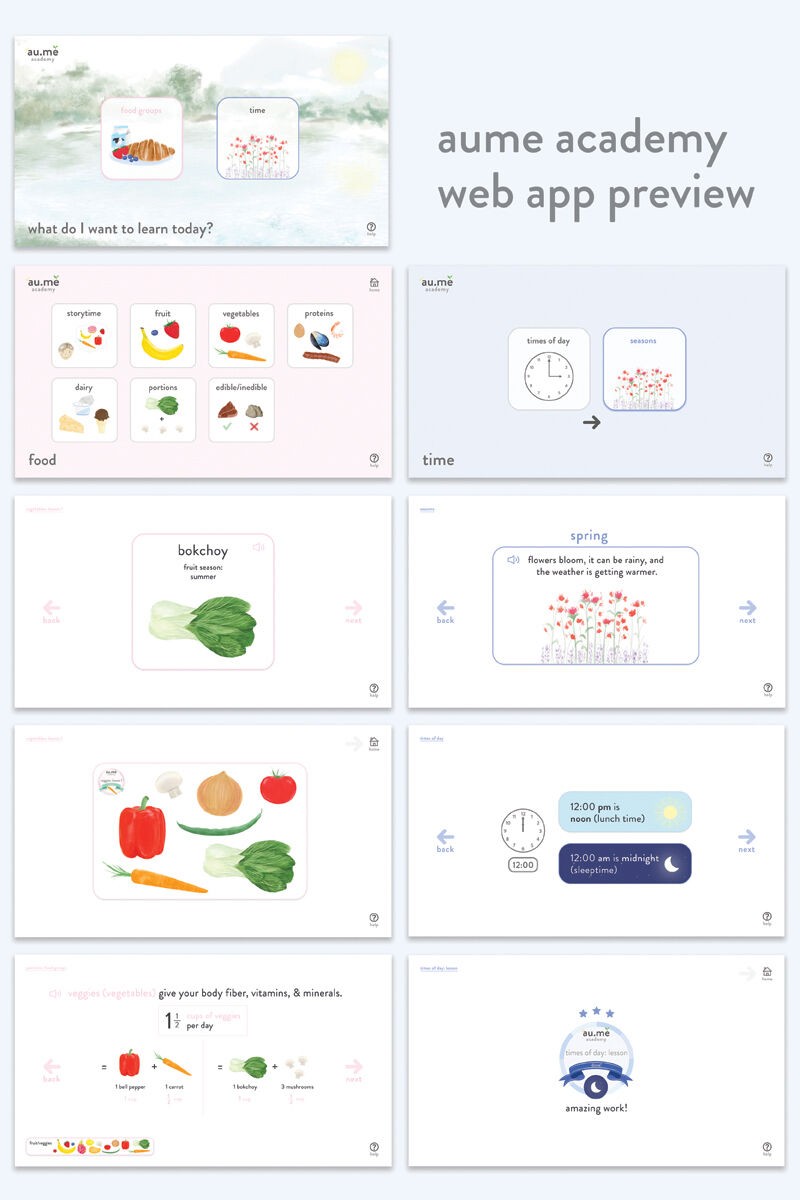
Our world isn’t necessarily designed for the minority, and most products released today don’t consider using inclusive & accessible design. I found in my research that existing resources - specifically for children with autism, can be outdated and aren’t designed using accessible UX/UI principles because the educators making them don’t have a design background. In other words, existing resources could very much be adding further implications and discomfort to their learning environments.
My thesis attempts to solve this problem, creating a resource called Aume Academy that is specifically designed for children with autism in mind. UX/UI principles used that support accessibility/inclusivity include: supporting sensory overload, using a typeface supporting dyslexia, reducing color intensity, no scrolling, use of labeled buttons to navigate pages, muted color palette, use of hierarchy to show importance, etc.
Aume Academy is the joint partnership between educators that work with kids with autism and inclusive design principles to create a cohesive resource for children ages 5–9, equipping them with fundamental knowledge for what life will bring. My thesis is presented through an illustrated square book with exercises after each lesson, and a website app that both unlock different types of sensory experiences. The book is a square format that offers tangible interactions, and the app incorporates accessible UX/UI principles and supports sound. When creating Aume Academy my goal was to create an intentional, safe, and comfortable learning environment for children with autism, to equip them with whatever they need to help navigate the world.